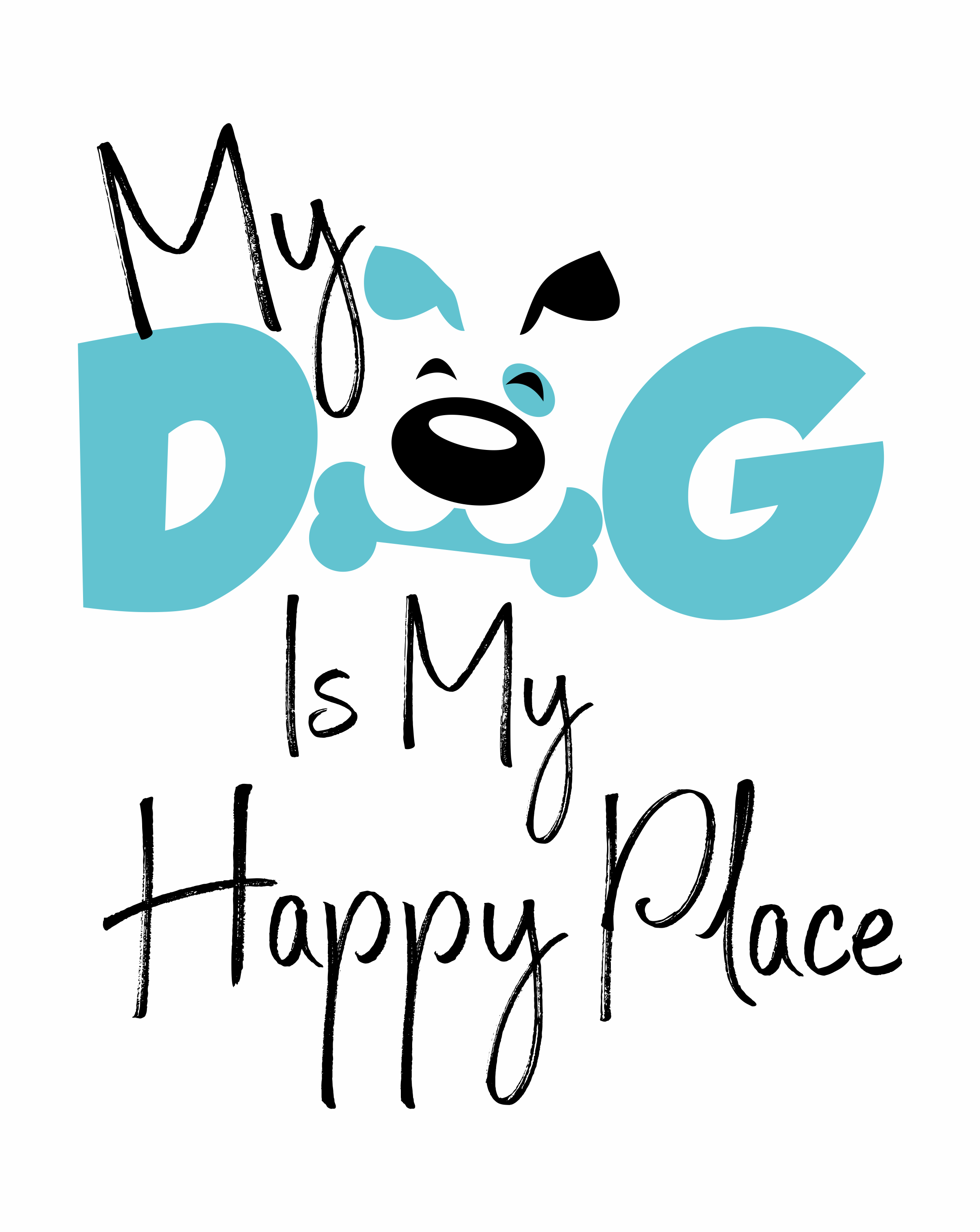6 Dog Breeds That Will Never Leave You Alone: The Unseen Struggle of Velcro Dogs
One of the biggest allures of dog ownership is companionship. Pet parents rarely get off the couch alone, and plan their lives and schedules around their dogs. But, what do you do when your dog wants to spend so much time with you that they can’t stand to spend time alone?
The term “velcro dog” describes dogs that take their devotion to their humans to the extreme. Beyond simply enjoying time with their people, velcro dogs depend on their humans for emotional comfort and regulation. This is also described as separation anxiety, a mental health and attachment issue characterized in dogs by displays of extreme stress and anxiety when they are separated from their humans, even for a short time. Often, these dogs will choose one family member to attach themselves to, though other dogs will experience separation anxiety from multiple members of their family.
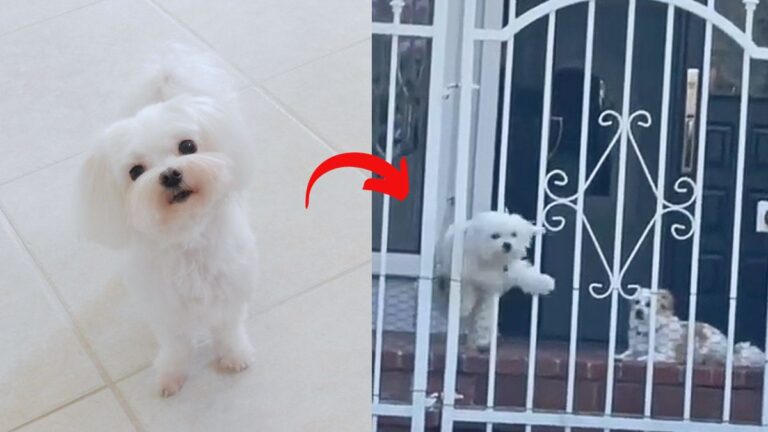
While any dog can develop separation anxiety, some dog breeds display velcro behavior more often than others. Here, we’ve compiled a list of six of the most emotionally needy dog breeds, plus some key information if you’re asking yourself: Why is my dog being clingy all the time?
Most Clingy Dog Breeds That Won’t Leave Your Side
Some dog breeds are genetically predisposed to separation anxiety and high dependence on their humans. In some cases, this is because of the jobs they were bred to do. For example, working dogs are more likely to develop separation anxiety because the time they spend with their owners is so highly stimulating. In a sense, they can become dependent on that stimulation to feel calm and confident.
Here are six well-known “velcro-dog breeds” with a well-documented history of separation anxiety.
6. Great Dane

Great Danes really are gentle giants, and sometimes, their gentle nature can turn into velcro behavior. Yeti was a foster Great Dane whose story we shared.. After escaping an abusive backyard breeding situation multiple times, this Great Dane was finally surrendered and found a foster. Understandably nervous, Yeti clung to his new foster and would stay close to her side at all times. Any time she would try to leave, he would do his best to escape.
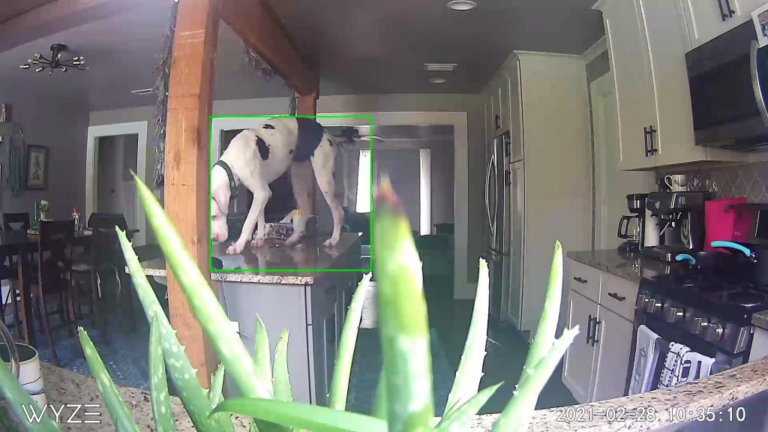
“He was trying to get out of the window—like, there’s no way we could keep him crated because he would hurt himself because he was definitely a practice escape artist. Eventually, he learned how to open the sliding door, like really quickly, and then would just jump over,” says Jordann Alyse, Yeti’s (nee Tofu) former foster.
Many Great Danes show similar levels of attachment to their humans, and because of their large size, they can easily escape from most spaces.
5. Border Collie
Like many other working breeds (e.g. German Shepherds and Doberman Pinschers) and herding breeds (e.g. Australian Shepherds, Shetland Sheepdogs) Border Collies are prone to separation anxiety. Highly intelligent and very high-energy, Border Collies need an enormous amount of exercise and mental stimulation. Without adequate time to release energy, Border Collies can quickly become frustrated and anxious and often rely heavily on their humans for their fun, comfort, and stimulation.
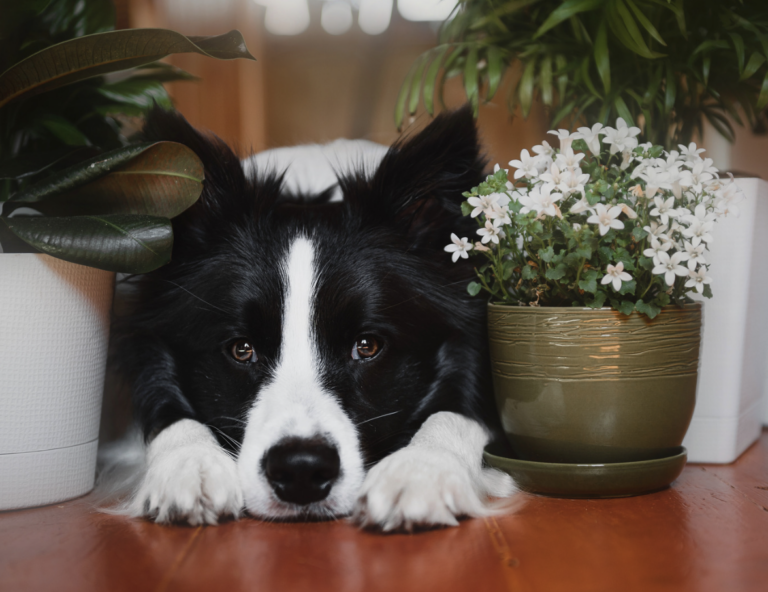
“[My Border Collie] doesn’t like me or my partner [being] out of his view at any time during the day, except for a couple of hours when sleeping late afternoon. Also fine at night sleeping in the kitchen, but will start whining or sometimes barking if I go out to the wastebin without him or get something quick from another room,” says a comment on a Reddit thread about working with Border Collies with separation anxiety. “If either of us go to the local shop and the other stays with him, he will spend the whole 35 minutes looking miserable through the window for his family member to return. He’s two and has never changed. Fortunately, there is usually someone at home or he has to go with us.”
4. Labrador Retriever
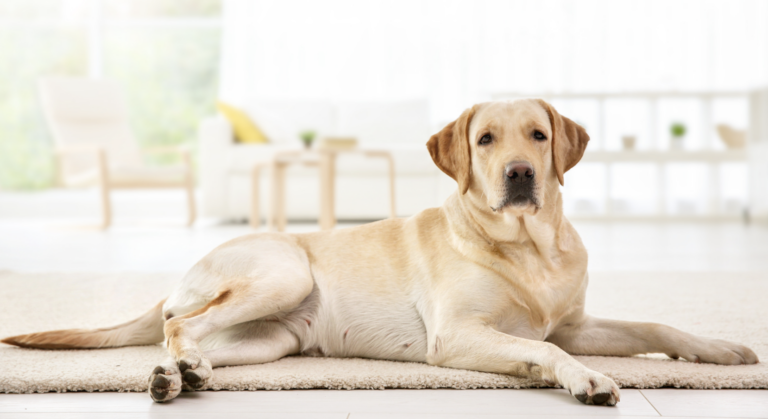
Considered one of the best family dog breeds, Labrador Retrievers are also prone to separation anxiety! When it comes to Labs and similar breeds (like Golden Retrievers) the velcro behavior comes down to a chicken and the egg situation. Are dogs who bond closely with their humans and make great family dogs more prone to separation anxiety, or do dogs with separation anxiety bond more closely with their humans?
3. French Bulldog
Another breed that is well-known for separation anxiety and extreme vocalization, destructive behavior, or outbursts when left alone is the French Bulldog. These little dogs are highly motivated by human attention and approval and are often more interested in relationships with humans than with other dogs. Lively and friendly with their pet parents, Frenchies can get very upset without their “comfort person.”

“I’d known that Frenchies were predisposed to having separation anxiety and tried to start from the beginning to prevent it from happening, but it’s like I was doomed from the start,” says a comment from a French Bulldog owner on Reddit. “Crate training was impossible. I tried so many methods, but the moment he discovered the door was closed and he couldn’t open it, the screaming would begin. I know from experience how downplayed separation anxiety can be, and I can’t even begin to explain just how bad it is.”
2. Maltese

Lap dogs like Maltese are—maybe obviously—very person-oriented. Happy to do everything with their chosen people, these little dogs don’t like being separated from their humans. The little escape artist you see above is a perfect example.
Yodi, a little rescue Maltese, couldn’t stand being across the street from his mom—Lorna—for even a few minutes. Even though he could see her through the fence, Yodi decided to make a break for it so he could run across the street to where Lorna was talking to a neighbor. Thankfully Lorna saw the escape happen and was able to snatch Yodi up, but it just goes to show the dangerous situations velcro dogs will put themselves in when they are in a state of anxiousness.
1. Vizsla
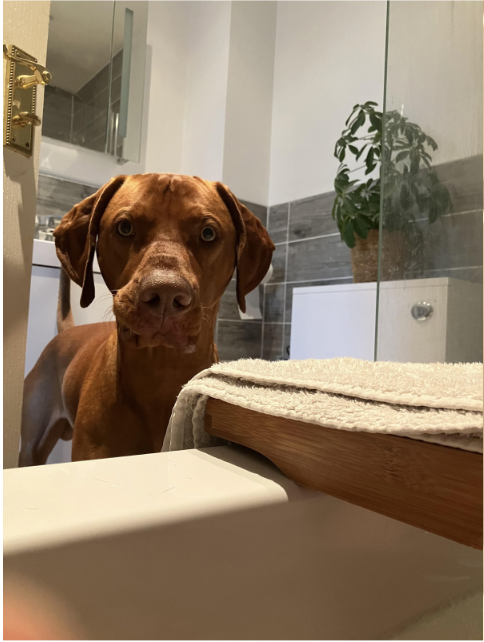
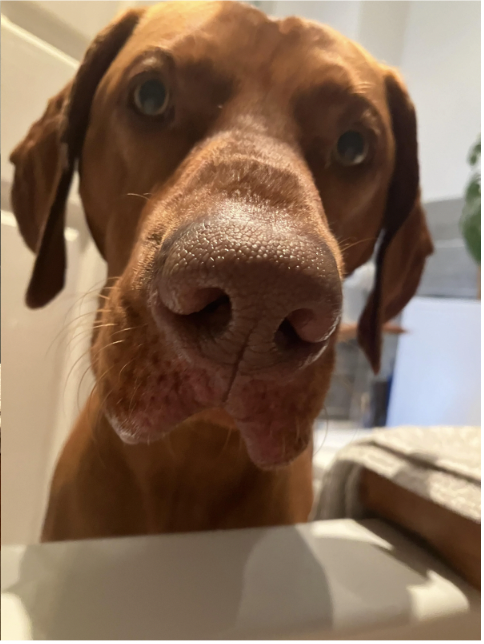
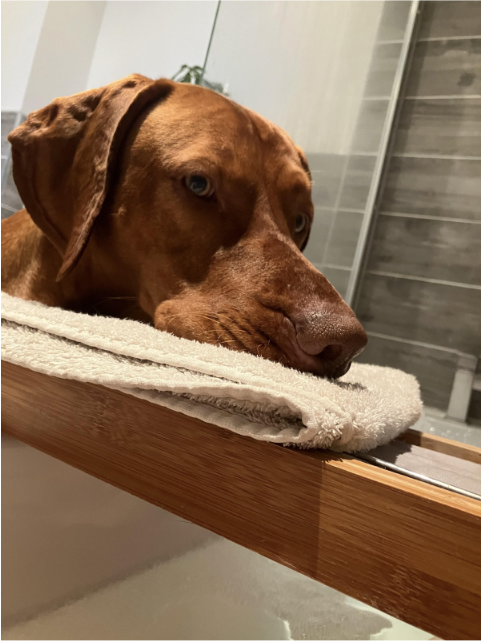
Vizslas—or “Velcro Vizslas”—are so devoted to their humans that their owners rarely even get a chance to use the bathroom alone. Attached to the point of nosiness, Vizslas almost universally attach to at least one if not all members of their family, and struggle to be left alone. Vizslas thrive on routine, and like to know their place in the world at all times. Alone, they have no one to take their cues from.
My family has a Vizsla and he is 2 years old. Seriously the most loving dog I have ever met but in regards to the cons of being a velcro dog, he has some pretty serious attachment issues,” says a Reddit comment on a thread about the pros and cons of Vizsla ownership. “We recently moved and the move was really unsettling for him. Our breeder boiled it down to a lack of his normal routine for a while, and there were aspects of the moving process that couldn’t be controlled (boxes, movers, driving for hours, showing the house, etc.)”
Why Do Dogs Get Separation Anxiety?

Dogs can develop separation anxiety for a multitude of reasons, and often there is more than one risk factor involved. A combination of genetics, personality, relationship with their owner, and life experience can affect your dog’s likelihood of developing separation anxiety. In almost all cases of separation anxiety, the dog has developed an unhealthy dependence on the presence of their human, whether to help them soothe, protect them from a perceived threat, or provide them with mental stimulation.
Why Is My Dog Being So Clingy All Of A Sudden?
If your canine companion has recently begun vocalizing, being destructive, or making attempts to escape when you leave the house or need to be in another room, you’re probably wondering: “Why is my dog so needy?”
Unfortunately, there isn’t always a clear answer when it comes to why velcro dogs become velcro dogs. If you have a young dog or puppy, you often can’t pinpoint an exact cause of their anxiety but rather should look back on how their early socialization reinforced certain behaviors.
Did you encourage your dog to play by themselves, or did you respond to every sound they made? Did you perhaps inadvertently give your puppy positive reinforcement for attention-seeking behaviors? Look at your relationship with your puppy, then change your approach to reward calm, settled behavior and redirect unwanted attention-seeking or destructive behavior.
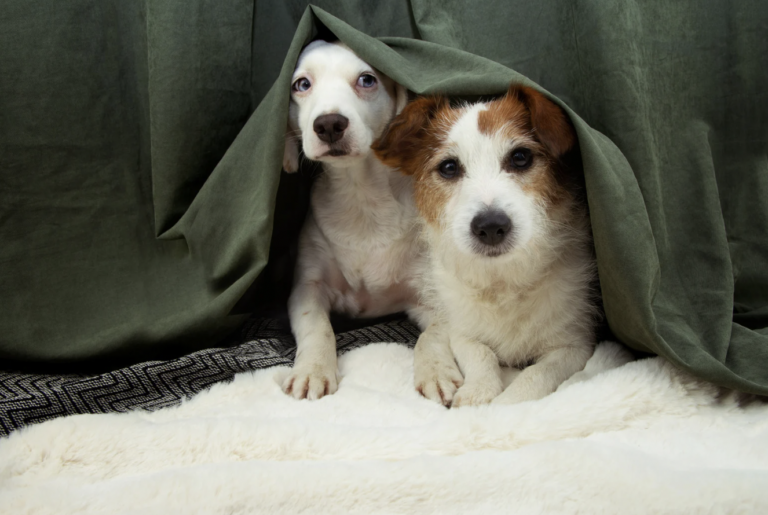
For adolescents and older dogs, sudden onsets of separation anxiety are usually linked to trauma. Moving to a new home, losing a family member, physical injuries, illness, and other high-stress situations can make your dog feel more dependent on you.
It is also always possible that your dog simply needs more mental stimulation to help them expend energy before they are asked to settle. Tools like puzzle toys, canine agility classes, or simply doing longer training sessions can do wonders for your dog’s ability to self-soothe.







